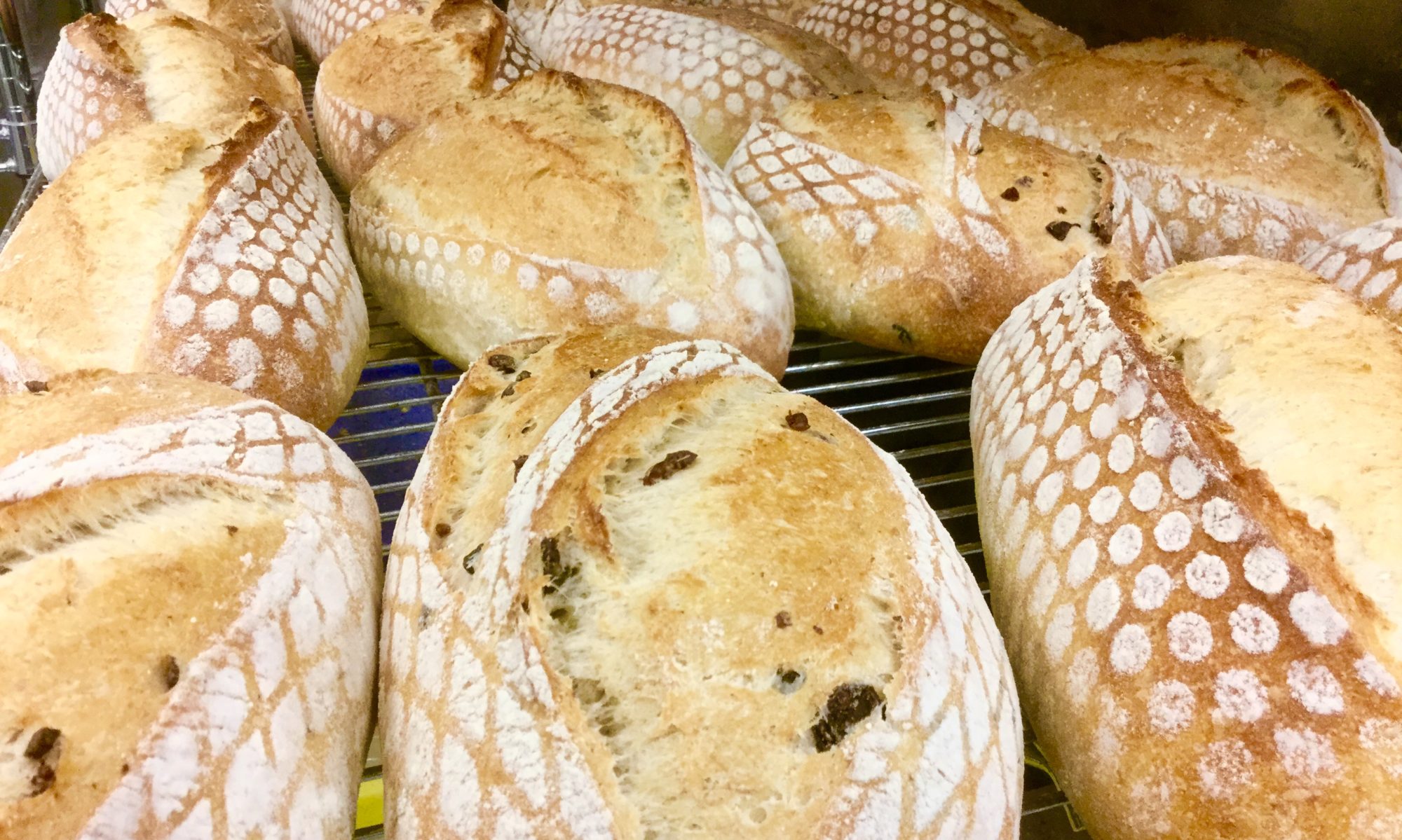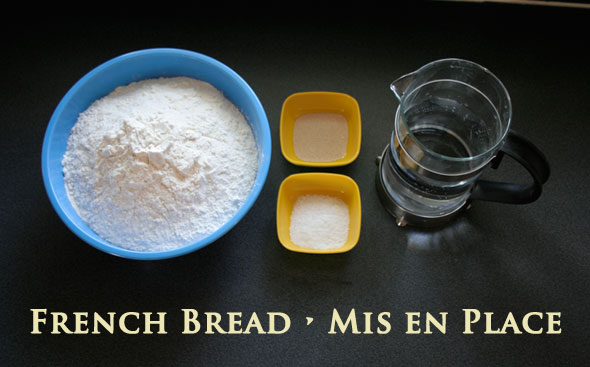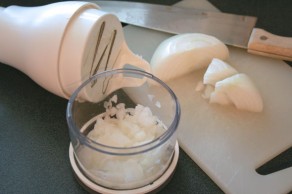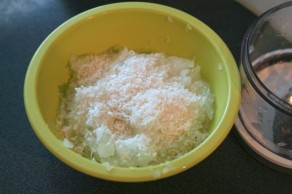
There you are, going along making another batch of tasty sourdough bread, everything’s going peachy, the dough is in the oven baking, making the kitchen smell heavenly, the loaves are a lovely golden brown and only a few minutes before it’s time to pull them out to cool, when you suddenly realize…
O! M!! G!!! You immediately feel flushed and light headed, your stomach suddenly knotting up: you’ve accidentally put ALL your starter into the dough and forgot to save some to keep feeding. There’s no way to get it back out of the dough, it’s now bread and well baked.
This is the end of your starter, one of the few ways to actually kill it.
Perhaps you’ve been cultivating this starter for several months or even years, perhaps it was even handed down to you from your great gran from the “old country” and there’s no way to get more. You even washed out the jar so you can’t scrape a little batch up from the smears on the sides and continue on.
Or maybe a good hearted soul decided they’d do you a big favour one day and clean your fridge of all the old stuff, that bottle of sauce with just a teaspoon left, the lettuce that’s seen a better day, that jar of white goo that smells really weird… all into the trash or recycling and the jars washed up. “See how neat it all is?” they proudly say.
Or you have not fired up the starter for a very long time and go to grab your yeasty pet only to find the contents are totally encased in mould.
Oh, I hear a few of you chuckle, “That would never happen to me” you say with confidence. Stop chuckling, this has happened to a LOT of people, people who are totally familiar with and have been using sourdough for years, verily, your “pro” home bakers. All of the above scenarios have happened to people I know.
An inattentive few moments and there goes that starter you created from scratch several years back, gone. The bread comes out of the oven and tastes great but it is a sad affair indeed because it’s the last you’ll get of old Sam or Punchy or whatever you named you pet starter. Gone to sourdough heaven.
All you can do now is start from scratch. In a few weks, you will have a new starter but it will take a long time before it has matured and developed its own character. And very likely it will be different from ol’ Sam.
So how do you avoid that heart-crushing scenario? Simple: dry your starter. Do it next time you do a starter feed. It’s crazy simple and will ensure you can revive ol’ Sam even if you do get a brain fart moment and toss all of it into your latest dough. Here’s how…
Continue reading “Dry Your Starter: Simple Insurance”
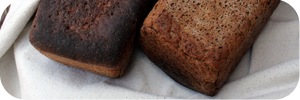 This post is about rye bread. Not your grocery store Deli Light Rye but hefty, hearty, packed-with-flavour rye bread. The type that you slice really, really thin and it still can hold up to bold flavours like strong cheeses or spicy deli meats.
This post is about rye bread. Not your grocery store Deli Light Rye but hefty, hearty, packed-with-flavour rye bread. The type that you slice really, really thin and it still can hold up to bold flavours like strong cheeses or spicy deli meats.